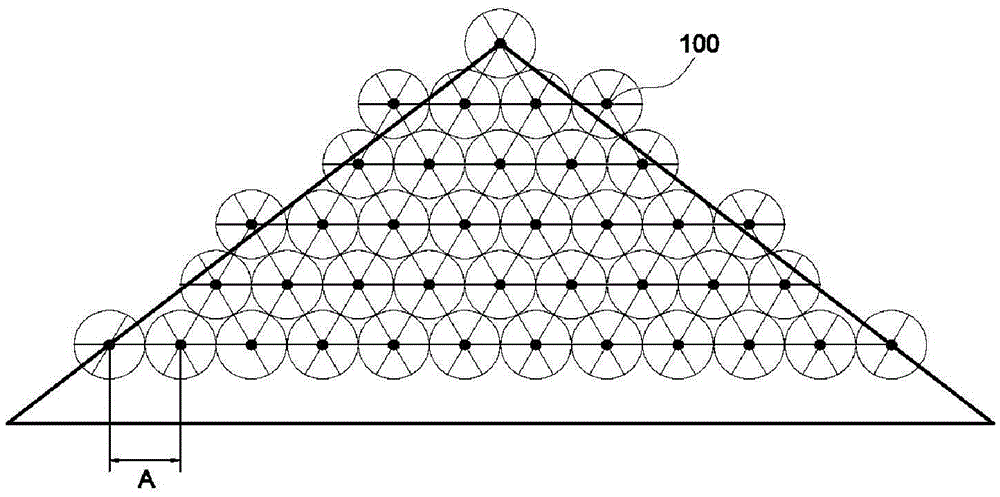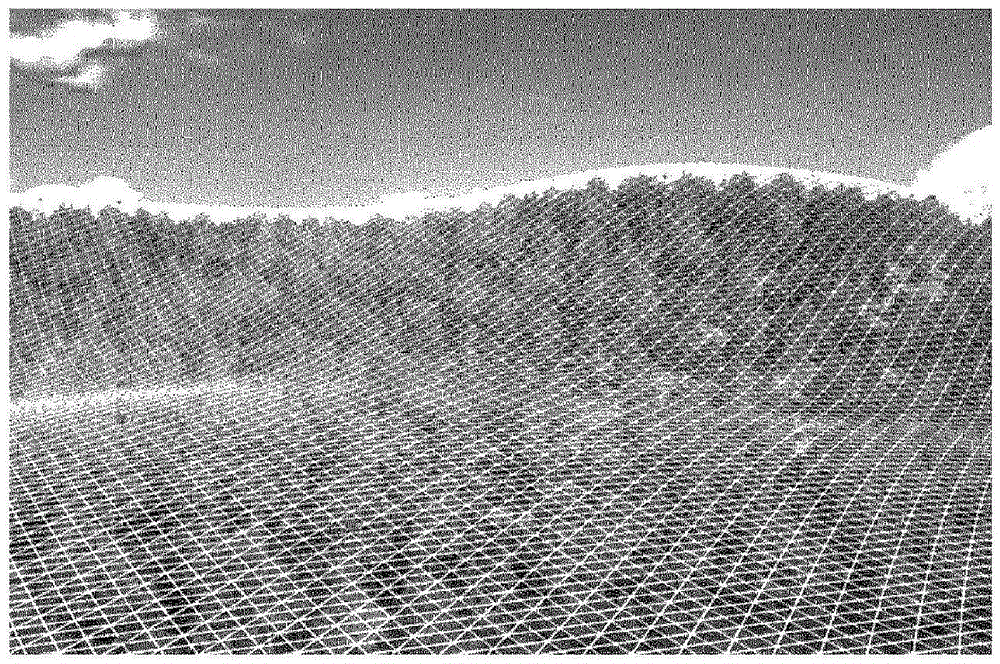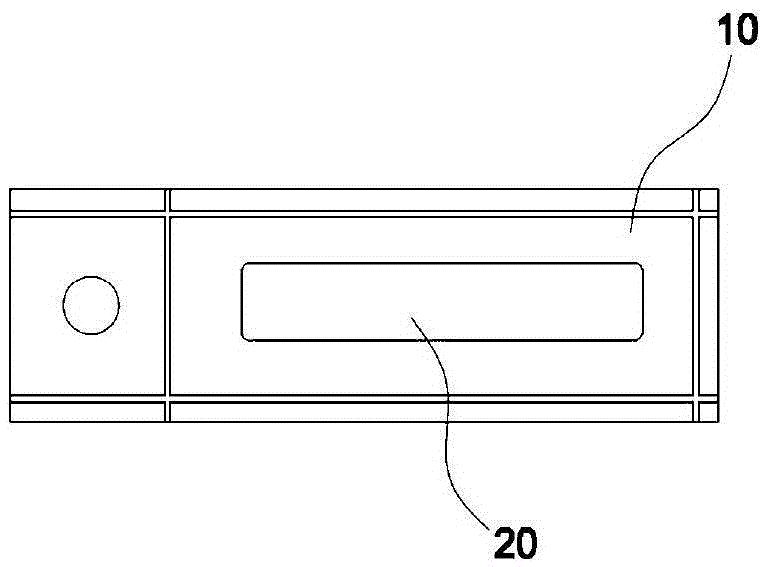Method for controlling pipe wilt disease by forecasting and mass-trapping of monochamus alternatus and monochamus saltuarius
A technology for pine wood nematode disease and Monochamus alternata, applied in the field of pine wood nematode disease prevention and control, can solve problems such as unconfirmed effects
- Summary
- Abstract
- Description
- Claims
- Application Information
AI Technical Summary
Problems solved by technology
Method used
Image
Examples
experiment example 1
[0073] In Yeongcheon, Gyeongsangbuk-do, a pine cluster site with dead trees or dead trees was selected, traps were set on March 29, 2014, and the survey was carried out until May 3. 2 traps are used.
[0074] As a trap, 6 continuous funnel traps are used. As a carrier, considering the molecular characteristics, release speed and stability of the Beetle pheromone, the outside is made of TPU material, and the inside is put in a PE tube. The assembly pheromone is filled in the PE tube, and α-pinene and ethanol are directly loaded into the TPU material. A composition comprising 50 mg of 2-(undecyloxy)-1-ethanol, 20 ml of α-pinene, and 20 ml of ethanol was used as the attractant composition.
[0075] Its result is as shown in table 1 below, and the beetle photo captured in the bucket is as follows Figure 4 shown.
[0076] [Table 1]
[0077]
experiment example 2
[0079] In Pohang, Gyeongsangbuk-do, a pine tree cluster site with dead trees or dead trees was selected, traps were set on May 25, and the survey was carried out until June 8. A total of 10 traps were used.
[0080] The traps and carriers used were the same as in Experimental Example 1. As an attractant composition, a composition consisting of 100 mg of 2-(undecyloxy)-1-ethanol, 40 ml of α-pinene, and 40 ml of ethanol was used on five traps, and a composition consisting of 2 - Compositions consisting of 200 mg of (undecyloxy)-1-ethanol, 80 ml of α-pinene, and 80 ml of ethanol were each contained twice or four times the composition of Experimental Example 1.
[0081] Its result is as shown in table 2 below, and the beetle photo that captures in the barrel is as follows Figure 5 shown.
[0082] [Table 2]
[0083]
experiment example 3
[0085] In Gyeongju, Gyeongsangbuk-do, a pine tree cluster site with dead trees or dead trees was selected, traps were set on June 26, and the investigation has continued until now. A total of 6 traps were used.
[0086] The traps and carriers used were the same as in Experimental Example 1. As the attractant composition, a composition composed of 10 mg of 2-(undecyloxy)-1-ethanol, 5 ml of α-pinene, and 5 ml of ethanol was used on No. 1 and No. 2 traps, A composition composed of 100 mg of 2-(undecyloxy)-1-ethanol, 25 ml of α-pinene and 25 ml of ethanol was used on traps, and 2-(undecyloxy)-1 -A composition consisting of 1000 mg of ethanol, 250 ml of α-pinene, and 250 ml of ethanol.
[0087] Its result is as shown in table 3 below, and the beetle photo that catches in the bucket is as follows Figure 6 shown.
[0088] [table 3]
[0089]
[0090] According to the experimental results of the three regions mentioned above, in all the experiments, the monochamus alternatus a...
PUM
| Property | Measurement | Unit |
|---|---|---|
| Diameter | aaaaa | aaaaa |
| Diameter | aaaaa | aaaaa |
| Length | aaaaa | aaaaa |
Abstract
Description
Claims
Application Information
 Login to View More
Login to View More - R&D
- Intellectual Property
- Life Sciences
- Materials
- Tech Scout
- Unparalleled Data Quality
- Higher Quality Content
- 60% Fewer Hallucinations
Browse by: Latest US Patents, China's latest patents, Technical Efficacy Thesaurus, Application Domain, Technology Topic, Popular Technical Reports.
© 2025 PatSnap. All rights reserved.Legal|Privacy policy|Modern Slavery Act Transparency Statement|Sitemap|About US| Contact US: help@patsnap.com



